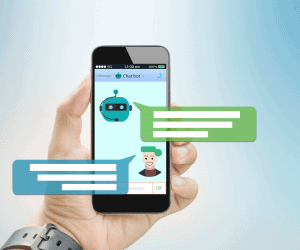As the part 3 of the Hehsed’s Digital Human Capital (DHC) Framework, the focus on Design Thinking will be on the adoption of this methodology and technique by the employees in the support their organization’s overall Digital Transformation strategy.
Design thinking has been around for quite some time. While its origination has been pre-1960s and led to development techniques in the 1950s, with Harold Van Doren published Industrial Design – A practical guide to product design and development. Although in recent years, the concept has been leveraged to impact on business processes and problem-solving, there are still many organizations learn to harness its power.
Design thinking uses professional design techniques to solve complex processes and not only solve the problem but creates multiple prongs of innovations. As a part of any Digital Transformation, using the right technological and digital assets, coupled with the right strategy will obtain greater Customer Experience and uncover new potential market opportunities.
1. Empathy
Usually, the best problem identifiers are those who are exposed day in and day out, almost part of their daily lives. These people who know, by self-experiencing the problem, be the first to be able to stand out and explain the challenge and the surrounding issues building up to it. There is usually a much deeper human and non-human context to the background of the problem. However, for leadership roles, that is trying to guide and understand the problem, would be best to “experience” them, perhaps by living a day in the lives of those who are facing it. Having a hands-on experience will greatly enhance the empathy of the problem and challenges that surround them.
2. Problem Definition
Not every problem and every challenge are worth solving in the overall scheme of things. There has to be a high degree of prioritization as well as understanding the impact and importance of the problem. Research into the issue is important and some ways include survey, questionnaire, focus groups, task force and both primary and secondary research on its greater impact on the ecosystem as a whole. The ability to properly define a problem within the context of the stage of digital transformation the organization is at will provide the compass to the what, how and when it should be handled.
3. Ideation
‘There are many ways to skin a cat’ as the saying goes, although nobody is in the right mind to even think close that! This points towards the limitless number of permutation on the solutions. This is the “how do we solve this?” Getting ideas, opinion, and point of view on ideas is important as it provides the diversity of background of people. The process of ideation has to be deliberate and delicate as well as methodical. There should be a systematic way of generating and creating ideas, followed by processing and harmonizing of these ideas. Key is to be as open-minded as possible.
4. MVP (Minimum Viable Product)
Adapting to the start-up concept of MVP is key to develop the most minimum but critical and differentiating feature, for prototyping an idea, solution or product. This process should adopt the lean framework and agile methodology to ensure a high degree of consistencies, good resource management and feedback loops for cyclical process development. What that will fail should also fail fast!
5. Testing
An idea or solution should never be commercialized without first obtaining the affirmation of the users and market acceptance. One should avoid falling into the trap of Group Think, where the developers of the solution and idea, may have been blind-sighted and think alike due to group dynamics. The sample size will depend on many factors such as types of solution, marketing sizing, industry-specificities, etc. But the general rule of thumb is to test sufficiently to ensure the right representation of the eventual client group.
Each step above will include a much deeper level of insights and execution through a series of workshops, mentorship, coaching and project work, in order to internalize these techniques into every level of the organization. Please feel free to reach out to me if you are keen to learn more, CLICK HERE



